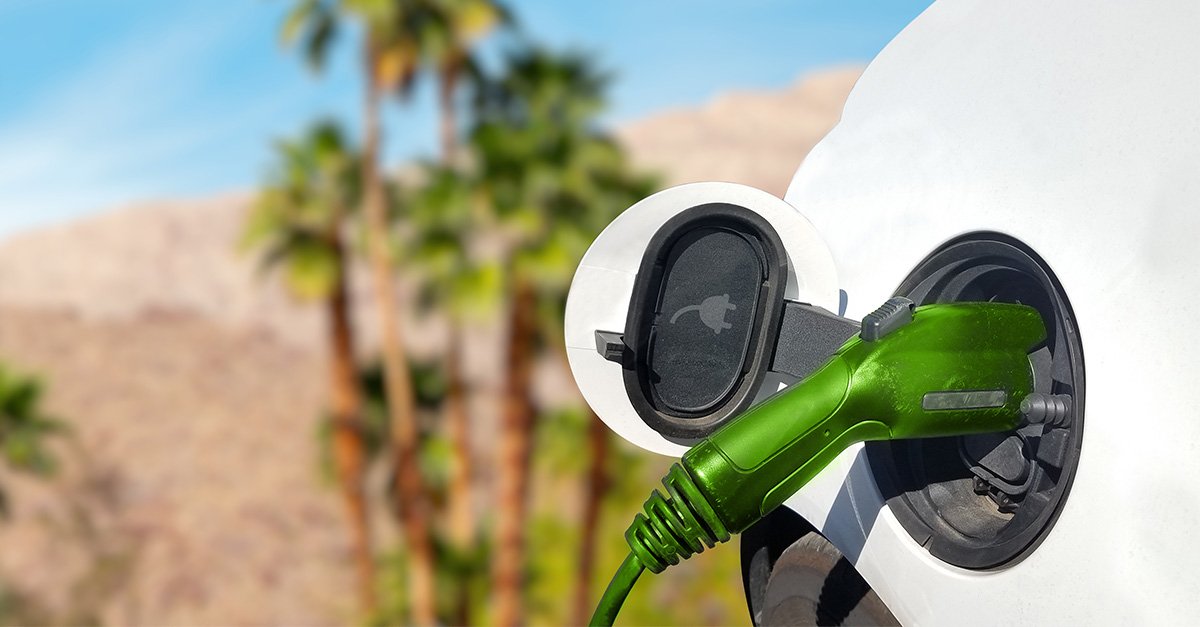The automotive industry is undergoing a period of rapid transformation, driven by technological advancements, shifting consumer preferences, and ongoing supply chain disruptions. As we move into 2025, dealerships across the United States are navigating new challenges and opportunities that will shape the future of vehicle sales and customer experience. From the rise of electric vehicles to the growing demand for used cars, staying informed about the latest trends is essential for dealerships looking to stay ahead of the curve. In this blog, we’ll explore five key automotive trends that are reshaping the industry and offer insights on how dealerships can adapt to thrive in this evolving landscape.
In the competitive world of automotive sales, data is king. We say this a lot, but it's true!
In a bid to attract more customers, Ford is ramping up production of its three-year-old F-150 hybrid while simultaneously slashing its price by $1,900. This move brings the hybrid model in line with its full-gasoline counterpart and makes it nearly 10% more affordable than the all-electric version introduced last year. With ambitious plans to quadruple hybrid sales over the next five years and incorporate the technology across its entire lineup, Ford is demonstrating its commitment to meeting customer demands.
As we dive into the second half of 2023, let's take a look at how vehicle sales and trends shaped up in the first half. Consumer preferences in the automotive industry have undergone a significant transformation towards used vehicles and electric vehicles (EVs). Factors such as economic uncertainties, technological advancements, and growing environmental concerns have all contributed to reshaping the overall landscape of the automotive market.
As we approach mid-year 2023, the growth of electric vehicles (EVs) continues to be a hot topic in the automotive industry. Prices of EVs are beginning to decrease, becoming more in line with the cost of traditional gas-powered vehicles. As technology continues to improve and production costs decrease, we can expect to see more affordable EVs in the future. This is already taking shape as we see many OEMs increasing their EV market share since January.
The growth of Rivian electric vehicles has been nothing short of impressive. Founded in 2009, this American automaker has quickly become a leader in the electric vehicle market, attracting attention from investors and customers alike. With a line of sleek and innovative SUVs and trucks, Rivian is making waves in the industry by offering vehicles with impressive range and off-road capabilities.
With the growing awareness of the need for sustainable transportation, more people are expected to switch to electric vehicles in 2023. According to Cross-Sell Interactive® EV sales data, January 2023 saw a 15.99% increase in EV, Hybrid, and PHEV sales compared to January 2022. Additionally, the EV Analysis Trends from the full year of 2022 tells a story of dominance by Hybrids, with EVs finally surpassing the crossbreeds in December and continuing to hold strong into the new year.
Electric vehicles continue to emerge as the way of the future. Learn how California incentivizes residents to purchase electric cars through the California Clean Vehicle Rebate Project.




.png)
.png)

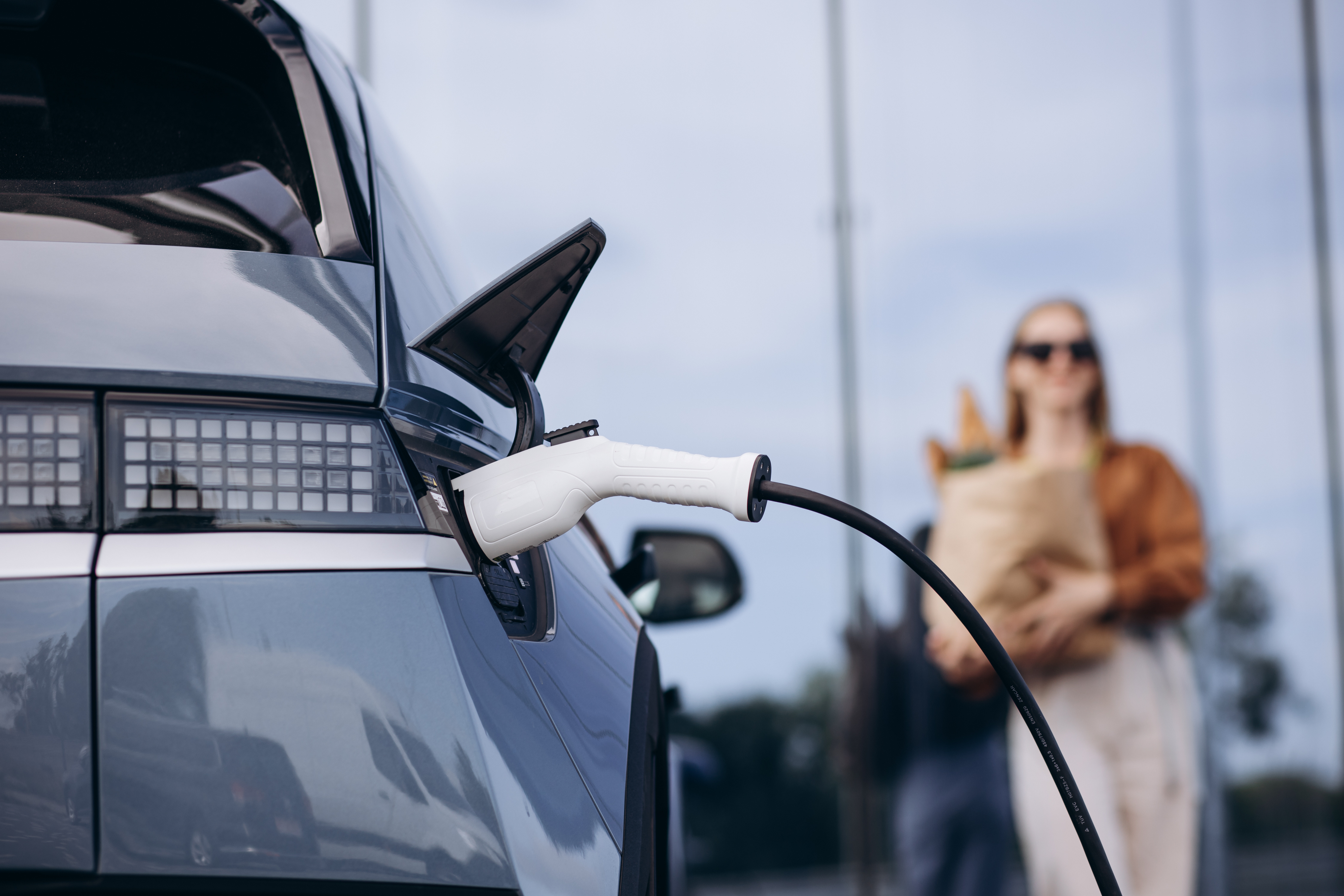
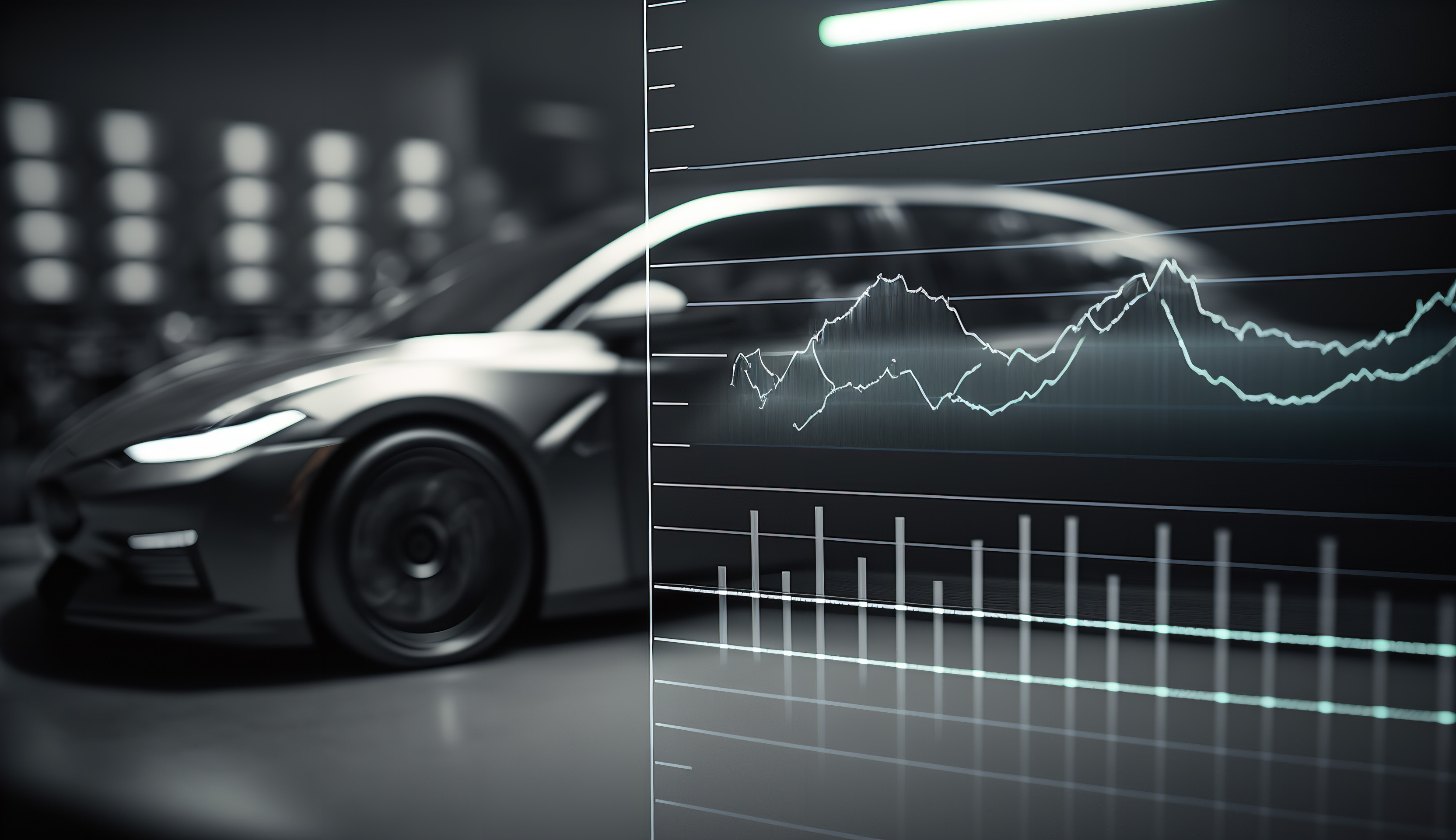
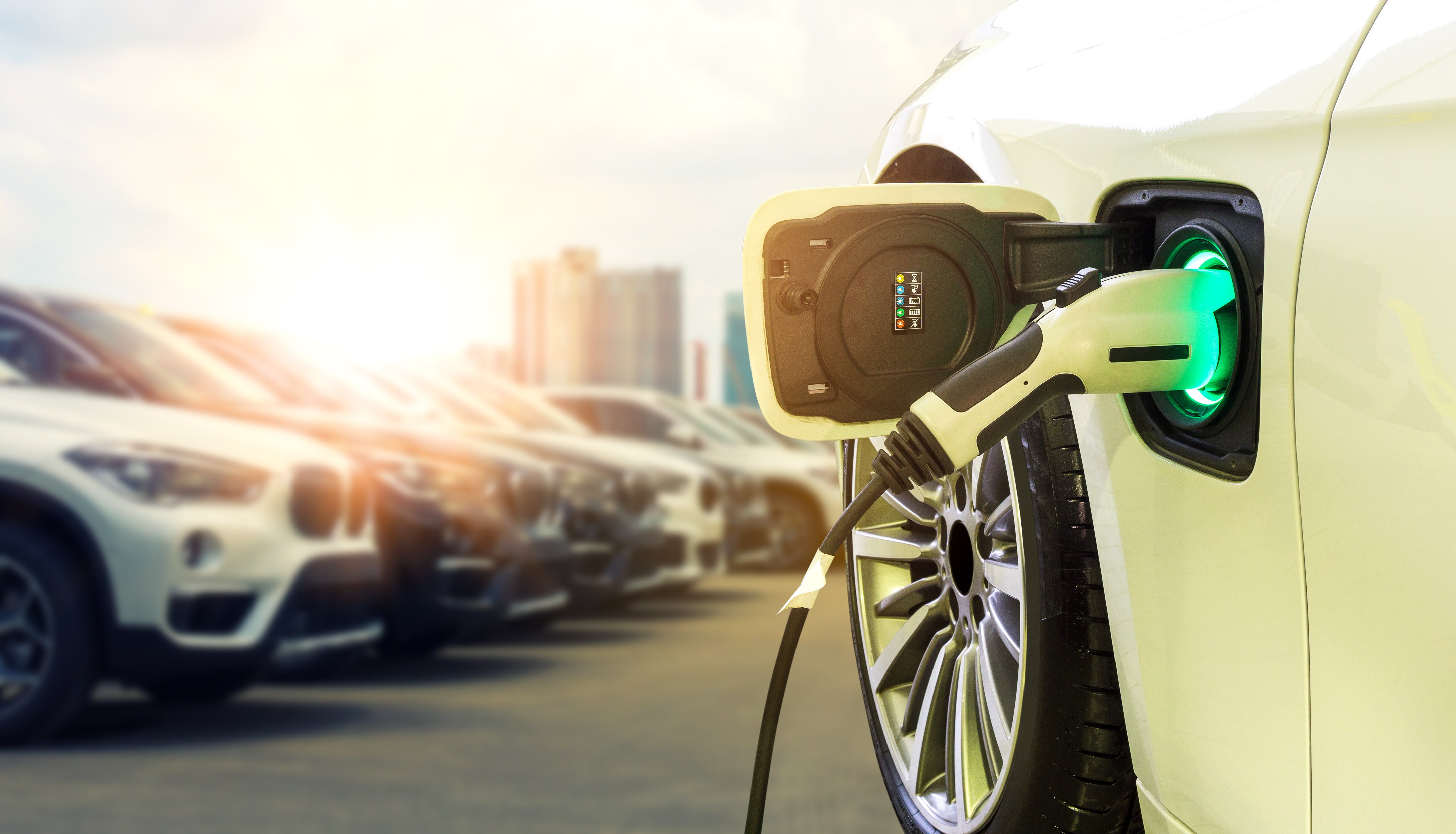
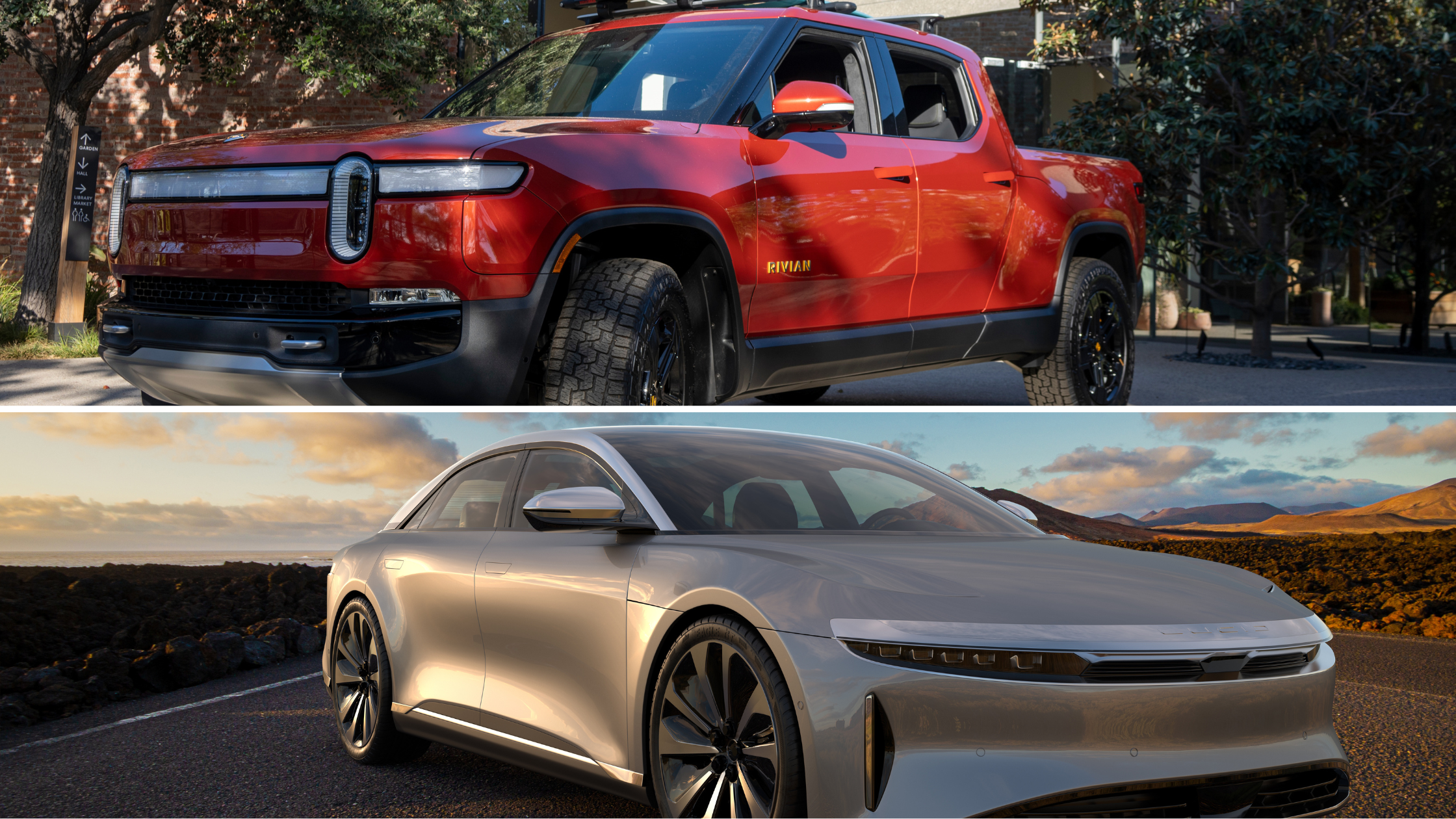
.jpeg)
